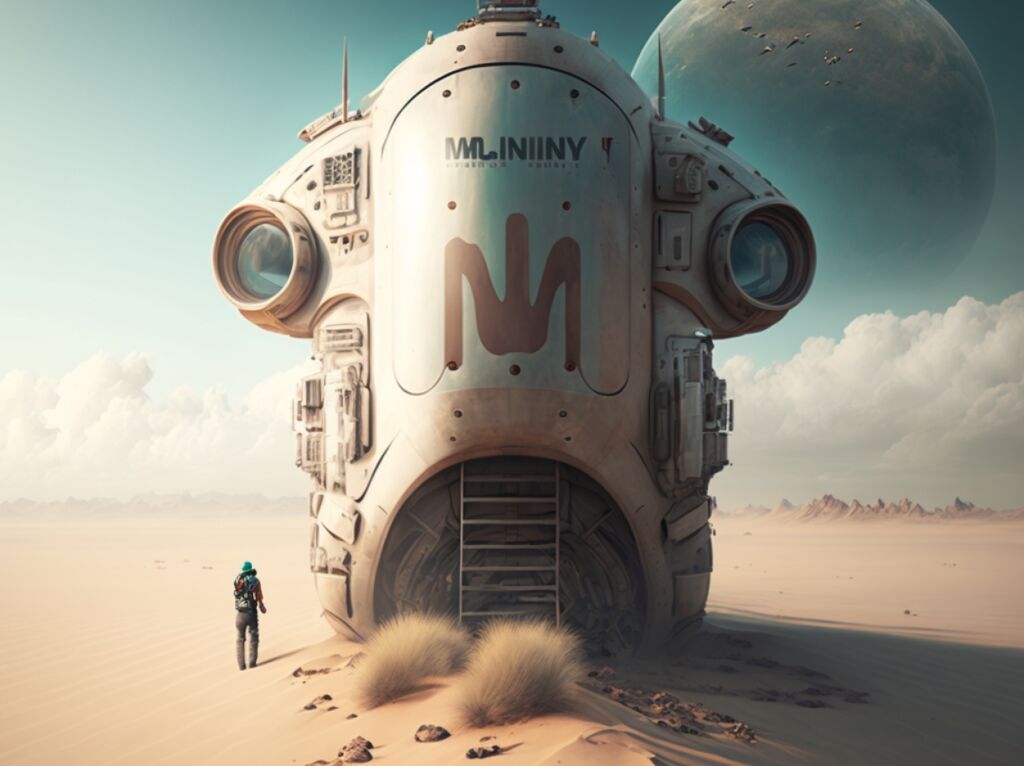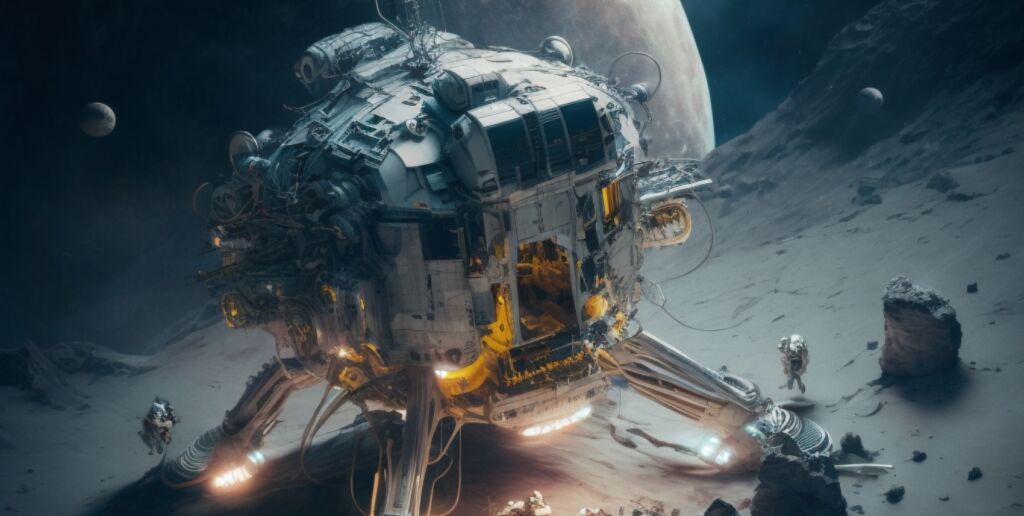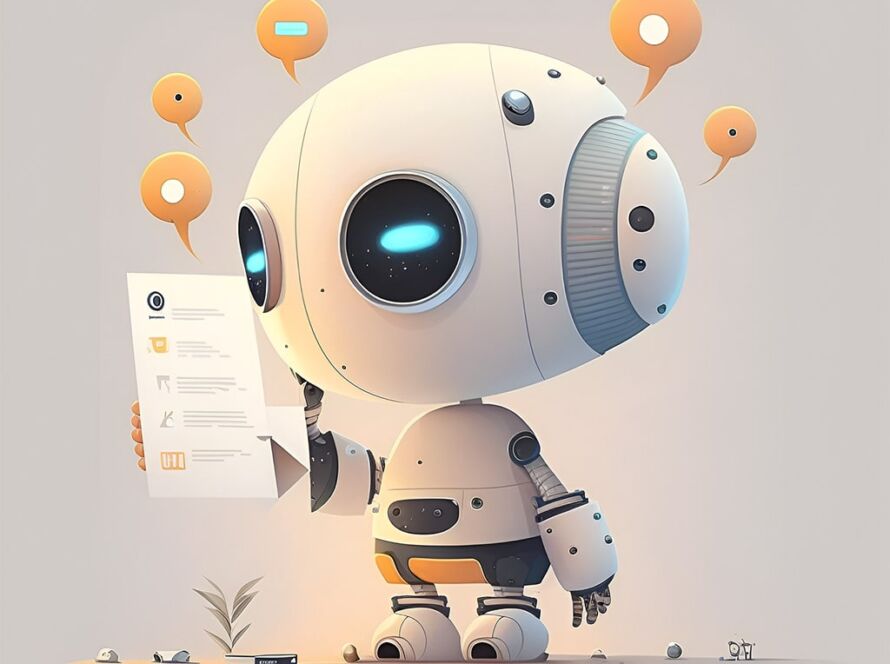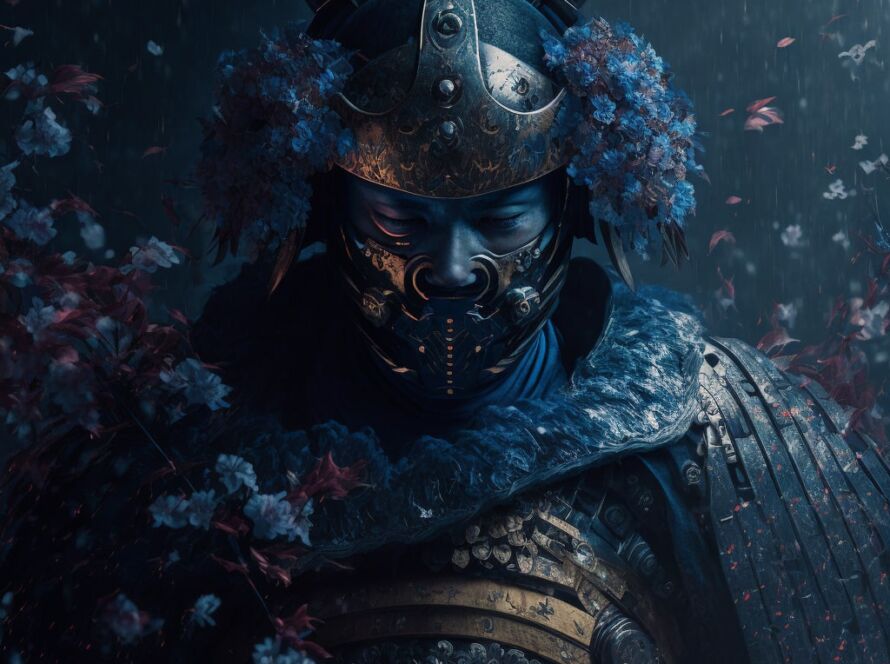How AI is Changing the Way We Create Art
Art has always been a deeply human expression, but artificial intelligence (AI) is now transforming how we create, interpret, and interact with artistic works. From AI-generated paintings to music composition and even poetry, AI is pushing the boundaries of creativity in ways that were unimaginable just a decade ago.
AI as a Creative Partner
AI is no longer just a tool for automating repetitive tasks—it is actively participating in the creative process. Artists and designers are now using AI-powered tools to enhance their work, experiment with new styles, and generate entirely new forms of art. Some of the most influential AI tools include:
- DALL·E & Midjourney – These AI models generate stunning images based on simple text prompts, allowing users to create unique visual art instantly.
- Deep Dream & Runway ML – These platforms enable artists to experiment with surreal and dreamlike AI-generated visuals.
- AIVA & OpenAI’s Jukebox – AI-driven music composition tools that assist musicians in crafting melodies, harmonies, and full songs.
New Forms of Art Emerging
AI is not just mimicking traditional art—it’s creating entirely new forms of expression:
- AI-Generated Paintings
AI models trained on thousands of artworks can generate paintings that mimic the styles of famous artists or invent new styles altogether. In 2018, an AI-generated painting titled Portrait of Edmond de Belamy was sold at auction for over $430,000. - AI-Assisted Music & Literature
Musicians are using AI to generate beats, compose harmonies, and even write lyrics. Writers and poets are experimenting with AI-generated stories, blurring the lines between human and machine creativity. - Interactive & Generative Art
AI allows for real-time, interactive experiences where artwork evolves based on user interaction. For example, AI-generated video installations can adapt to an audience’s movements or emotions.
Challenges & Ethical Questions
As AI becomes more involved in art creation, it raises important questions:
- Who owns AI-generated art? If an artist uses an AI tool to create a painting, does the credit go to the artist, the AI, or the developers who trained the model?
- Is AI art truly creative? AI can generate impressive artwork, but does it understand art the way humans do? Critics argue that AI lacks personal intention and emotional depth.
- Impact on Human Artists Will AI replace human artists, or will it become a tool that enhances creativity? Many artists see AI as an assistant rather than a competitor.


The Future of AI in Art
AI is not here to replace human creativity—it is expanding artistic possibilities. In the future, we might see:
- AI-human collaborations becoming mainstream in galleries, music production, and design.
- More personalized and interactive art experiences, where AI generates custom artwork based on user preferences.
- New ways of storytelling, where AI creates immersive narratives in gaming, film, and literature.

Conclusion
AI is revolutionizing the way we create and experience art. While some fear it may devalue human creativity, others see it as a powerful tool that enhances artistic expression. As AI technology evolves, the line between human and machine creativity will continue to blur, opening up exciting new frontiers in the art world.


